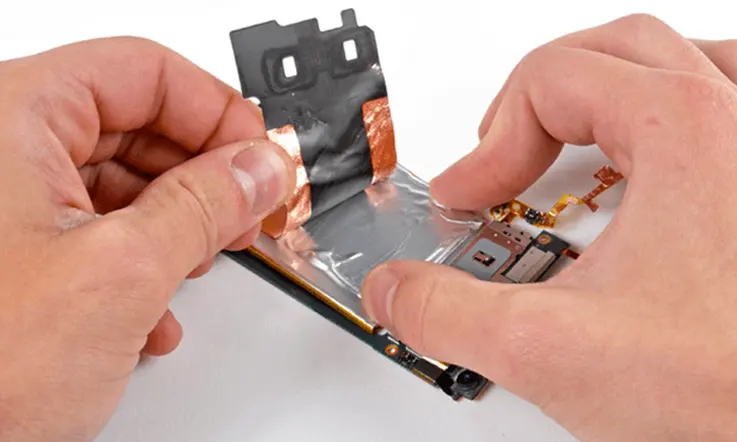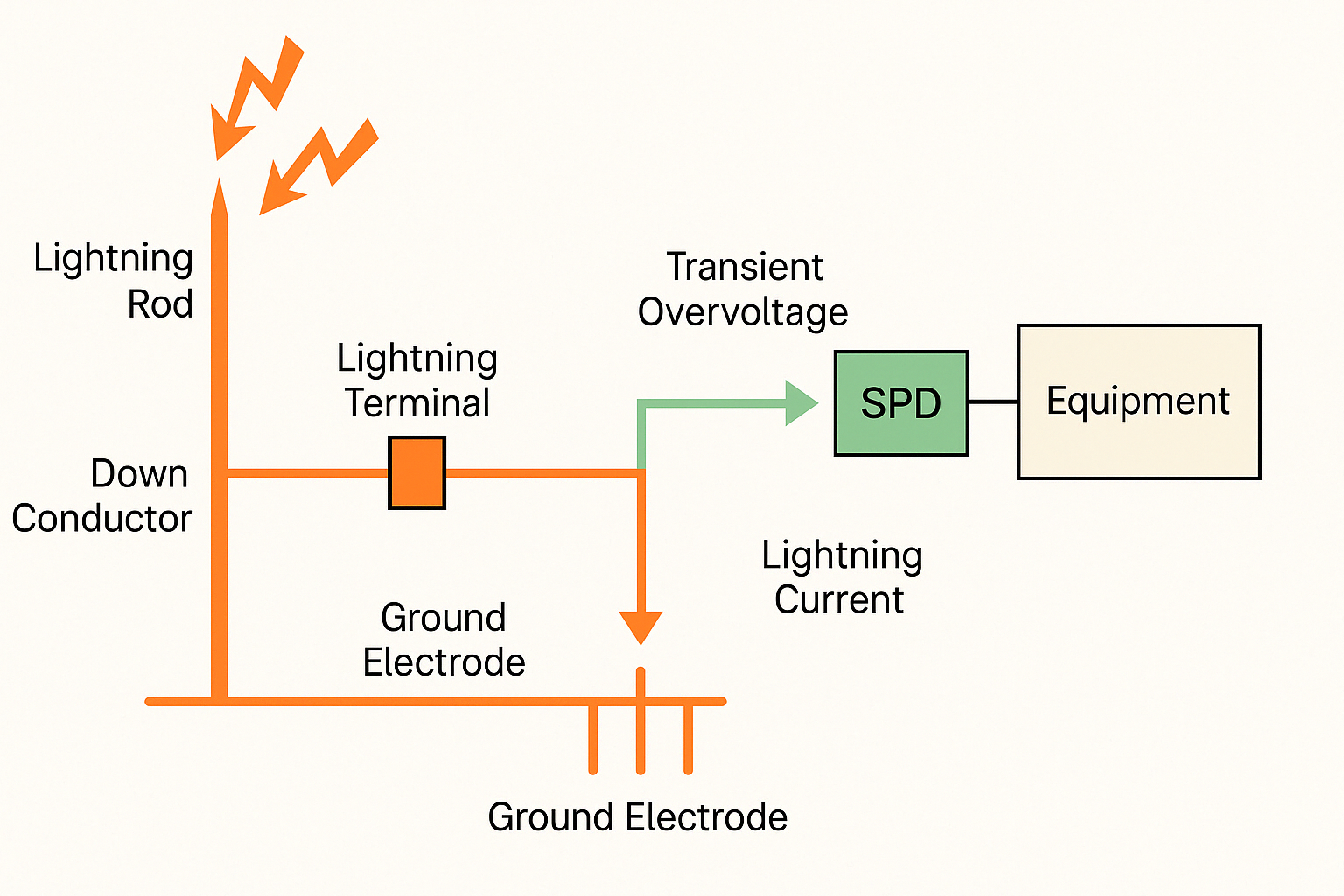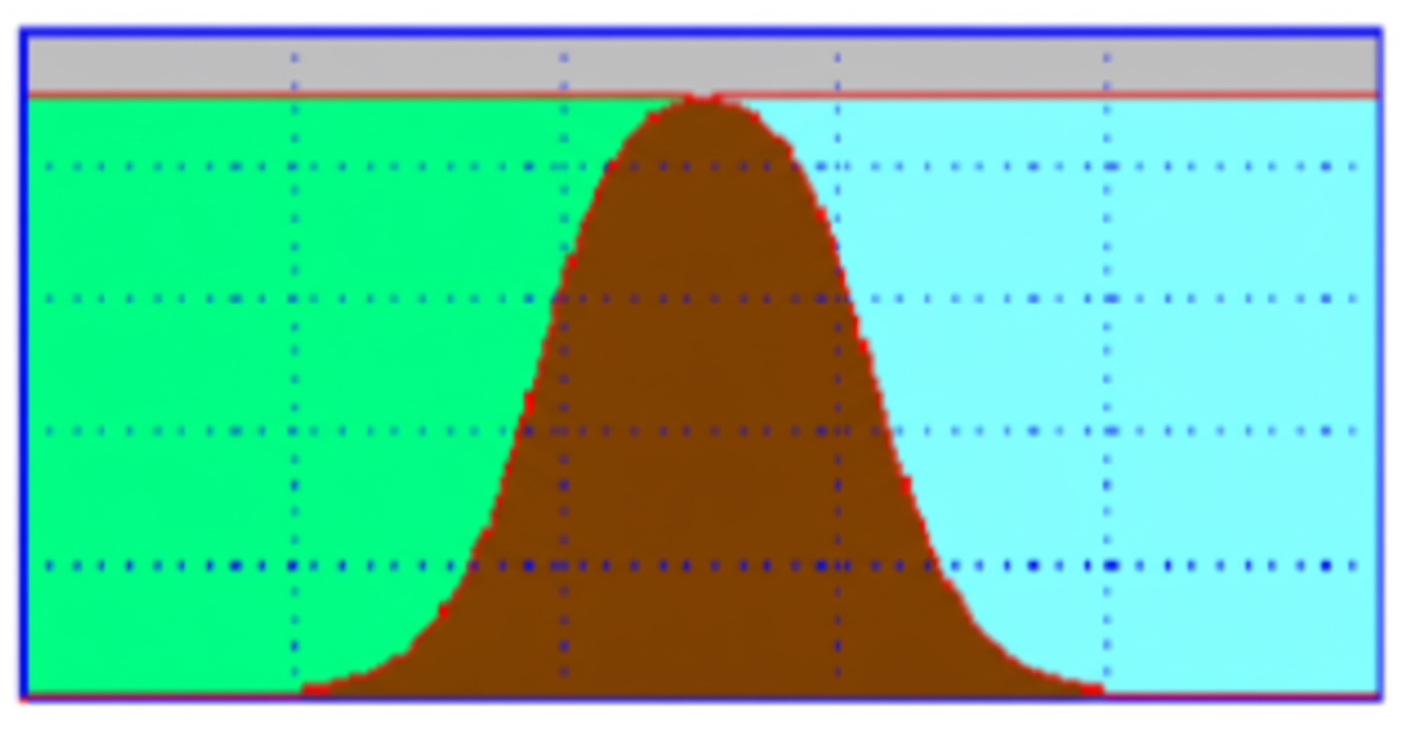```html
Electromagnetic Interference (EMI) has two forms: conducted and radiated. Conducted interference occurs when noise from an electronic device is transmitted through a conductive medium or a common power line, affecting other equipment. Radiated interference happens when an electronic device's noise signals are coupled through space to another electrical network or device.
To prevent electromagnetic interference from electronic products from affecting or disrupting the normal operation of other devices, various governments and international organizations have established regulations and standards. Products that comply with these regulations are considered to have electromagnetic compatibility (EMC).
EMC standards are not static and are subject to continuous change, often driven by the evolving policies of national governments and economic organizations.
EMC Standards and Testing
International Standards
- IEC (International Electrotechnical Commission)
- ISO (International Organization for Standardization)
- IEEE (Institute of Electrical and Electronics Engineers)
- ETSI (European Telecommunications Standards Institute)
- CCIR (International Radio Consultative Committee)
- ITU (International Telecommunication Union)
- The IEC has the following sub-committees for EMC standards research:
- CISPR: International Special Committee on Radio Interference
- TC77: Technical Committee on Electromagnetic compatibility between equipment including networks
- TC65: Industrial-process measurement and control
National and Regional Standards
- FCC (Federal Communications Commission, USA)
- VDE (Verband der Elektrotechnik, Germany)
- VCCI (Voluntary Control Council for Interference, Japan)
- BS (British Standards)
- ANSI (American National Standards Institute)
- GOST-R (Russian Government Standard)
- GB, GB/T (Chinese National Standards)
EMI Testing
- Radiated Emissions (RE)
- Disturbance Power (DP)
- Conducted Emissions (CE)
- Harmonic Current Emissions
- Voltage Fluctuations and Flicker
- Transient Disturbance Voltage (TDV)
EMS Testing
- Radiated Susceptibility (RS)
- Power-frequency Magnetic Field Susceptibility (PMS)
- Electrostatic Discharge (ESD) Immunity
- Conducted Susceptibility induced by RF fields (CS)
- Voltage Dips, Short Interruptions, and Voltage Variations Immunity (DIP)
- Surge Immunity
- Electrical Fast Transient/Burst Immunity (EFT/B)
- Power Line Induction/Contact
Evaluation of EMC Test Results
- Class A: Normal performance within specified limits.
- Class B: Temporary degradation of performance, which is self-recoverable after the test.
- Class C: Temporary loss of function, which is self-recoverable or can be restored by operator intervention.
- Class R: Non-recoverable loss of function or performance degradation due to equipment damage, software corruption, or data loss is not allowed (excluding protective components).
EMC Fundamentals
Time and Frequency Domain Description of EMI: Time Domain
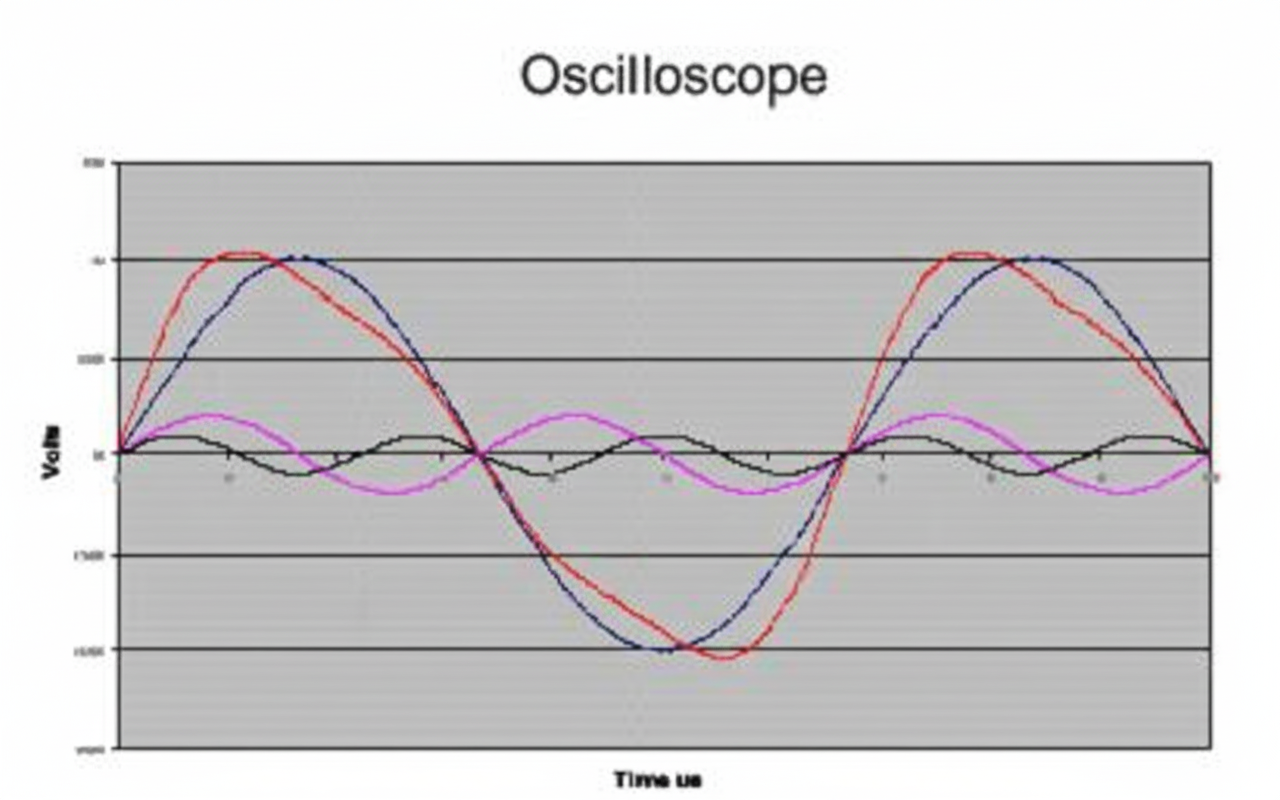
Time and Frequency Domain Description of EMI: Frequency Domain
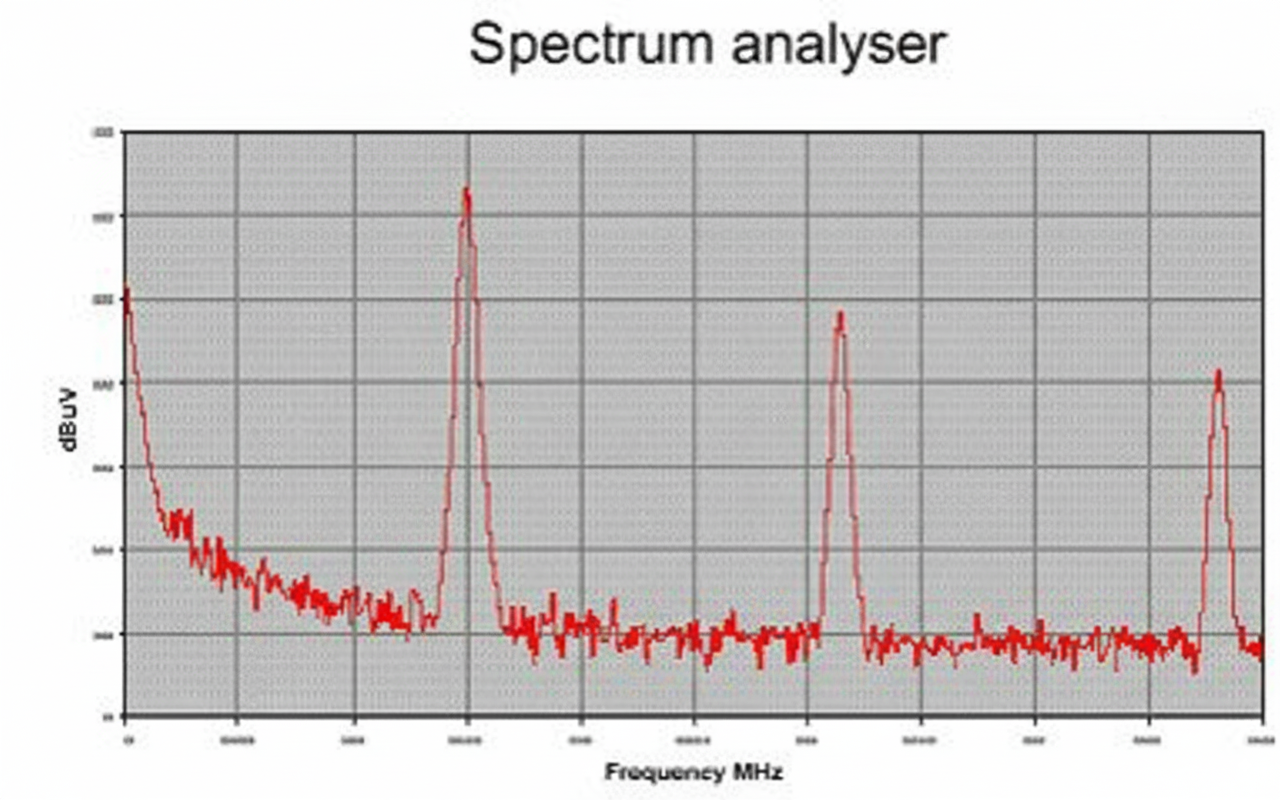
Time and Frequency Domain Description of EMI: Periodic Trapezoidal Wave
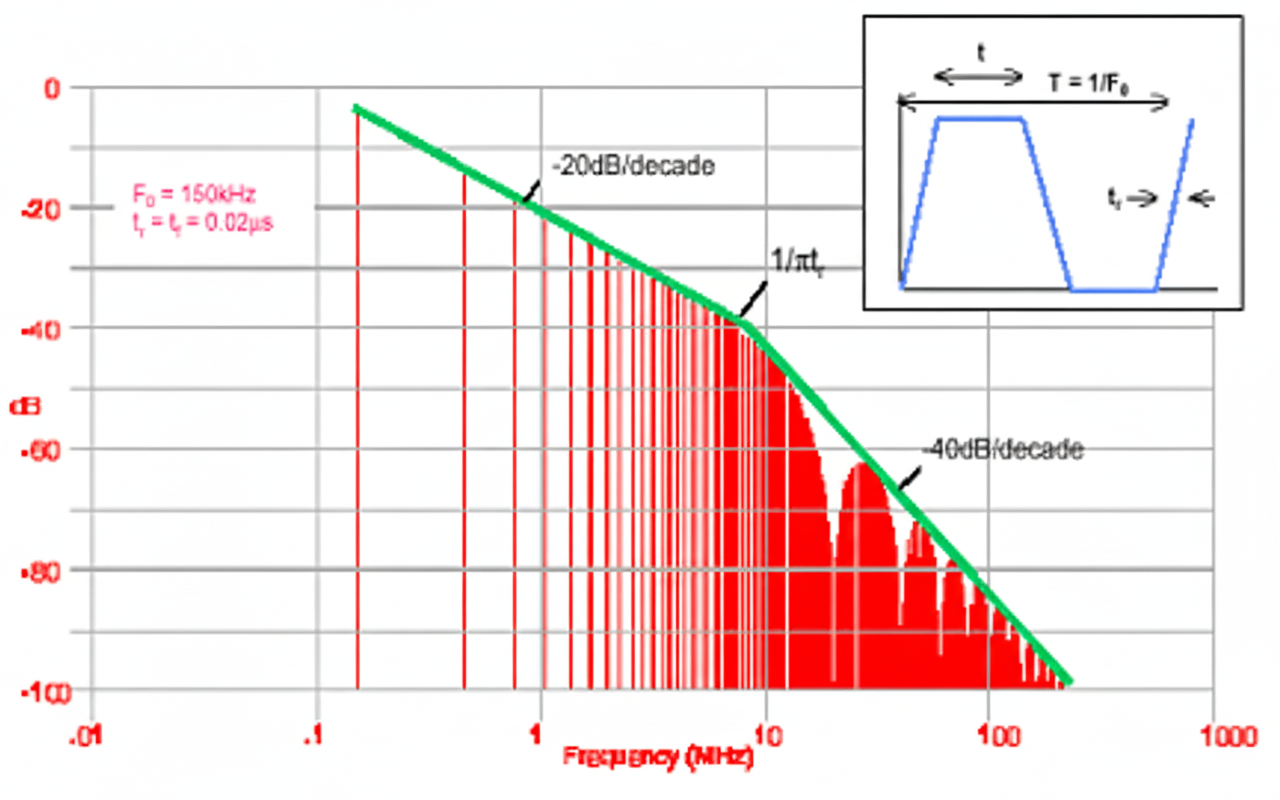
Time and Frequency Domain Description of EMI: Clock and Data Noise
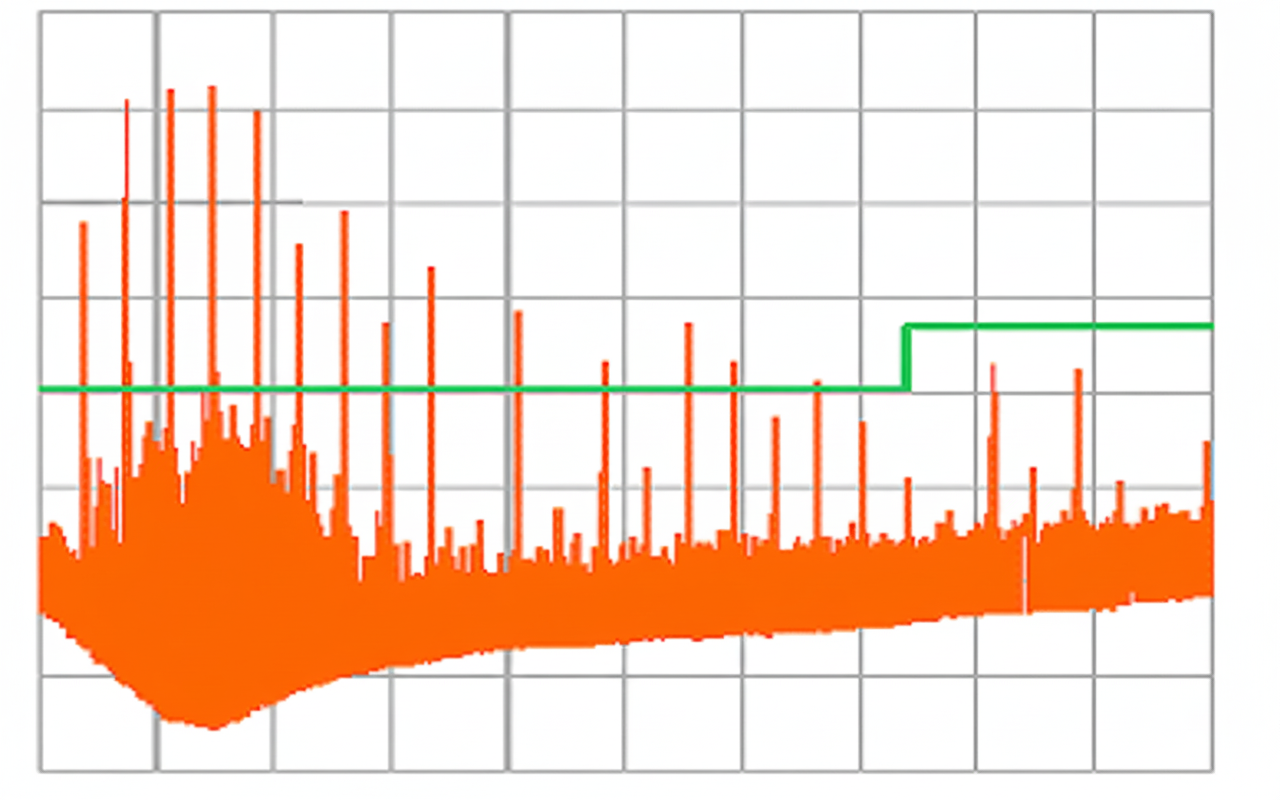
The Concept of Decibels (dB)
The decibel is a fundamental unit commonly used in electromagnetic compatibility.
It is defined as the ratio of two power levels:
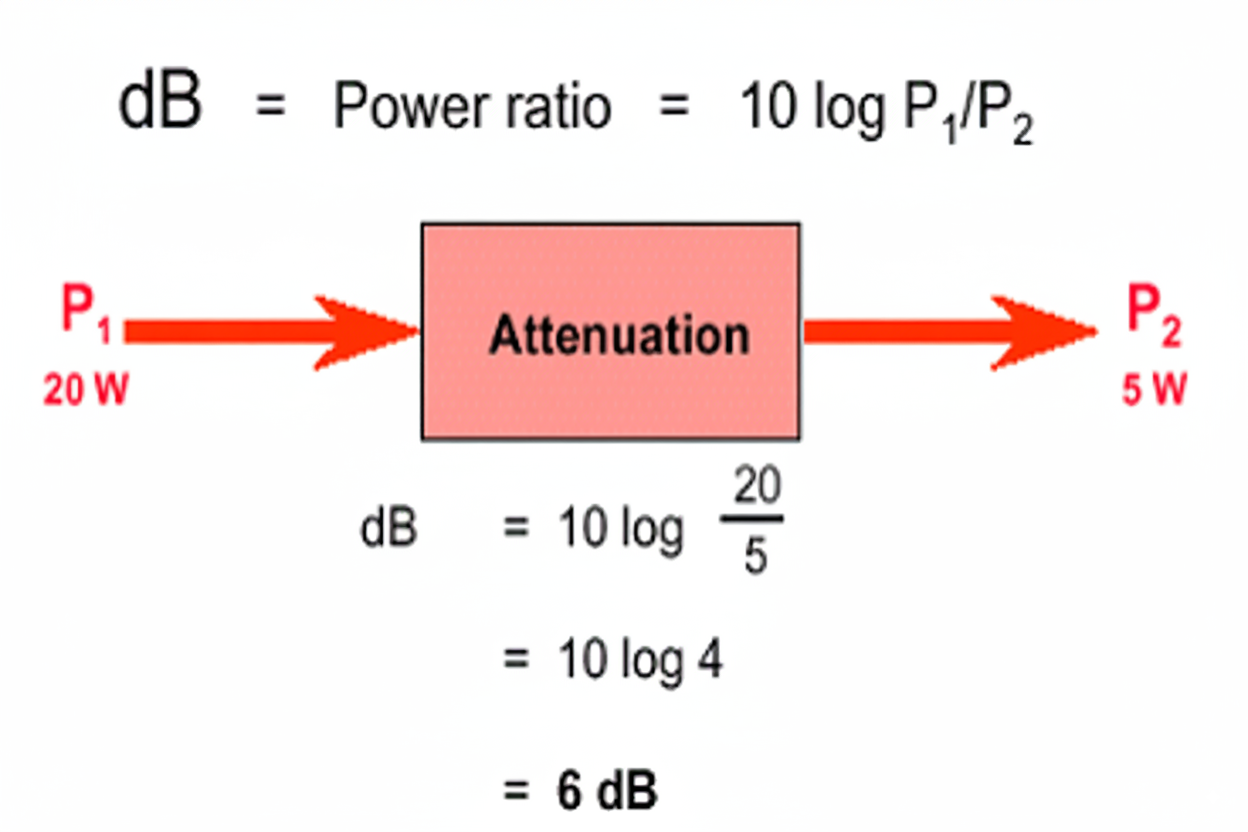
Conducted Interference Coupling Modes
- Common Impedance Coupling
- Capacitive Coupling
- Inductive Coupling
Electric and Magnetic Fields
Electric Field: Voltage between conductors creates an electric field.
Magnetic Field: Current flowing through a conductor creates a magnetic field.
 ALLPCB
ALLPCB




